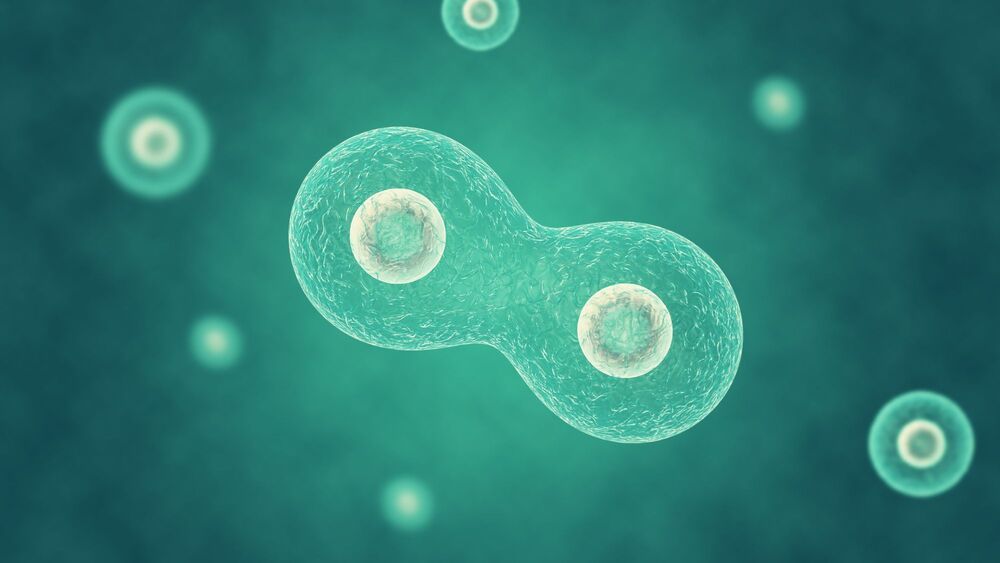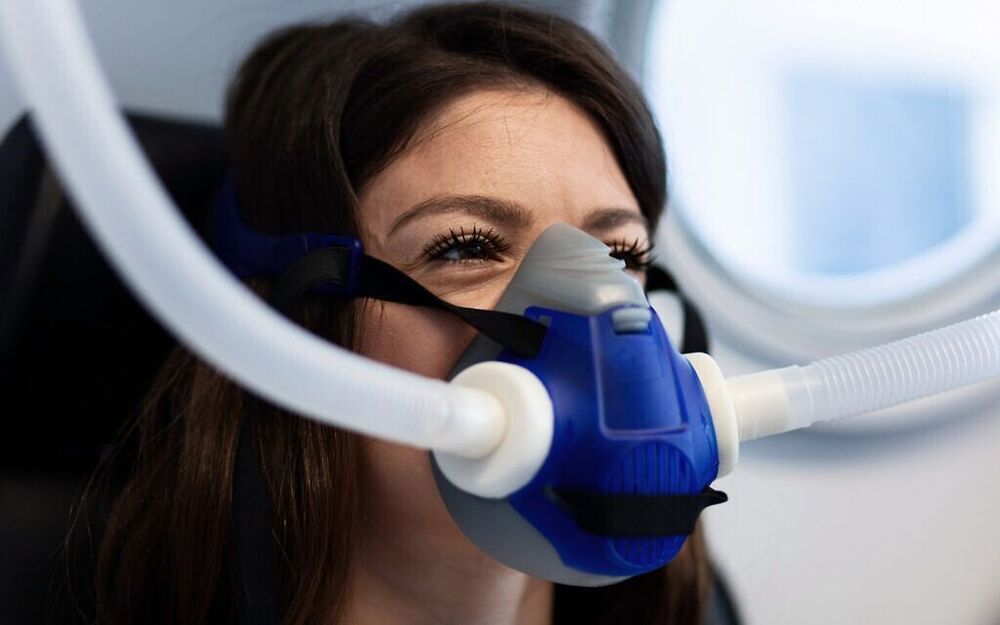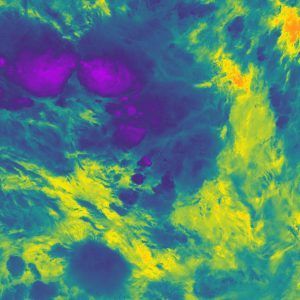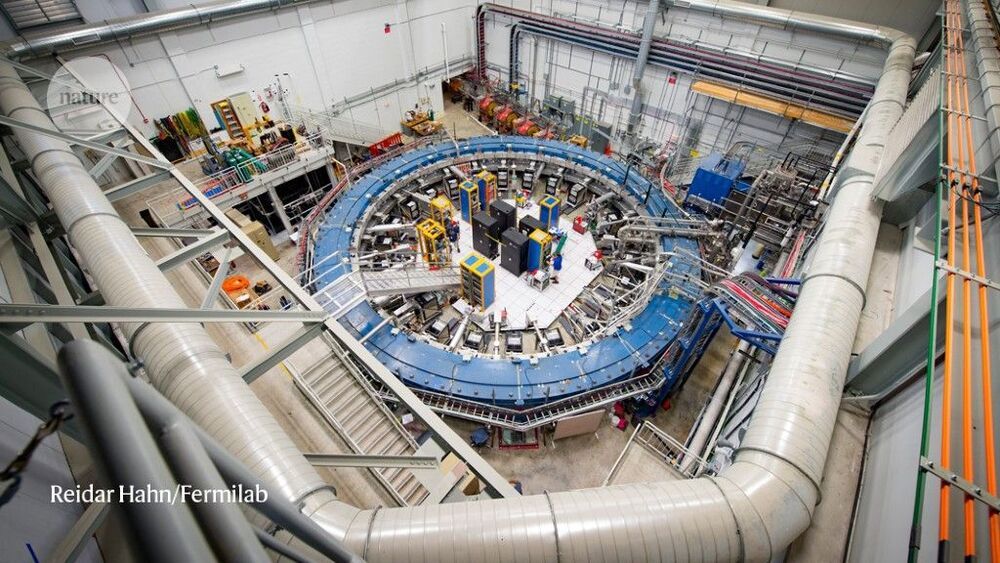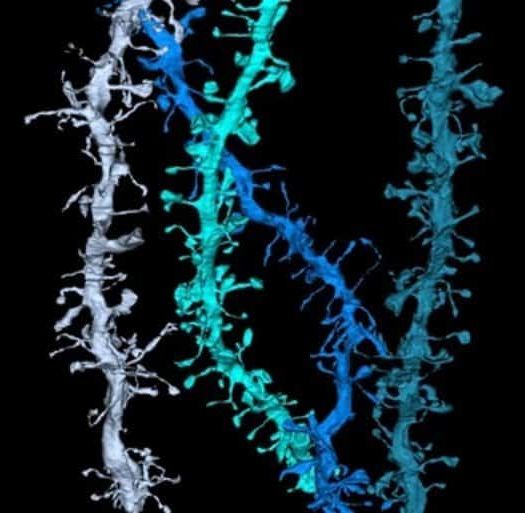For the first time, a team of scientists has created a synthetic single-celled organism that can divide and grow like a regular living cell. This breakthrough could lead to designer cells that can produce useful chemicals on demand or treat disease from inside the body.
This new study, by scientists from the J. Craig Venter Institute (JCVI), the National Institute of Standards and Technology (NIST) and MIT, builds on over a decade’s work in creating synthetic lifeforms. In 2010 a JCVI team created the world’s first cell with a synthetic genome, which they dubbed JCVI-syn1.0.
In 2016, the researchers followed that up with JCVI-syn3.0, a version where the goal was to make the organism as simple as possible. With only 473 genes, it was the simplest living cell ever known – by comparison, an E. coli bacterium has well over 4000 genes. But perhaps it was too simple, because the cells weren’t all that effective at dividing. Rather than uniform shapes and sizes, some of them would form filaments and others wouldn’t fully separate.
